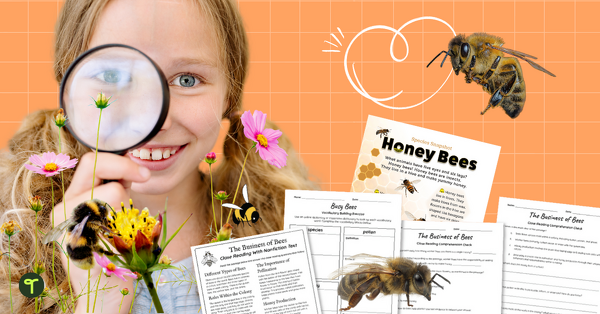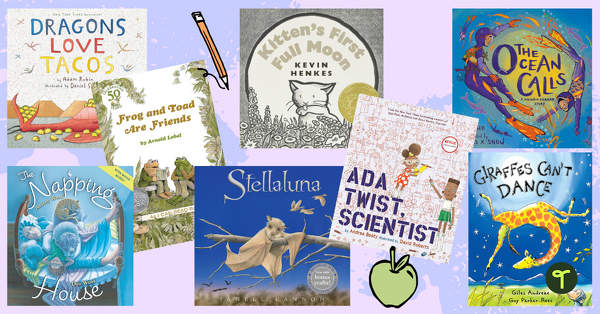Why is the English language system one of the hardest to teach and learn?
The English language consists of 26 letters. These letters create approximately 44 sounds (phonemes). These sounds can be written in over 120 different letter combinations (graphemes). For example, the sound /f/ can be made using the letter combinations ‘ph’, ‘f’, ‘gh’, and ‘ff’. Whether you are a new teacher, an experienced teacher, or a parent, understanding the English language system can be very confusing. This blog post will outline some of the terms that are commonly used in the early years of schooling.
The learning of phonics, and the development of phonemic awareness, is crucial in the early years of schooling. It assists in building the foundation for appropriate reading and writing development. Because of this, most schools have a specific phonics program in place. Some such programs include Jolly Phonics, Words Their Way, and Saxon Phonics. All phonics programs are slightly different; however, the terms used are usually the same. Here is a list of some commonly used terms and their definitions.
Phonics – Phonics is a method used to teach beginning readers to connect the sounds of spoken language with letters, or group of letters. Phonics instruction teaches children to blend the sounds of letters together to form words. Typically, beginning readers are taught the individual letters and the sounds they make.
[resource:3072][resource:10937][resource:471][resource:5103]
Phonemic awareness – Phonemic awareness is being able to hear and manipulate the sounds in spoken words. Phonemic awareness is auditory and does not involve letters or words in print.
Phoneme – A phoneme is a speech sound made by the mouth. It is the smallest unit of sound in a word. If we were to break the word sun into phonemes, it would have three – s/u/n. The word shut also has three phonemes – sh/u/t. Early on, children will learn phonemes represented by one letter only. As the child’s understanding develops, a phoneme may be represented by two, three, or even four letters. For example, the sound /s/ may be introduced using only the letter ‘s’, then ‘ss’, and then ‘ce’.
Grapheme – A grapheme is a letter or group of letters that represent a sound (phoneme) in a word. An alternate explanation would be that a grapheme is a letter or group of letters that spell a sound in a word. For example, the ‘s’ and ‘h’ that together make the sound ‘sh’ in the word shut is the beginning grapheme.
[resource:22564][resource:23414][resource:23394][resource:23465]
Onset-Rime – Onset is the part of a word the comes before the vowel. Not all words have onsets. Rime is the part of the word which includes the vowel, and whatever follows it. For example: s-un, s-unshine, s-unny. Teaching this concept to children helps develop knowledge of word families and encourages them to recognize common chunks within words.
[resource:10074][resource:10066][resource:10063][resource:11709]
Segmentation – Segmentation is the separation of words into phonemes. For example: c/a/t, sh/u/t, ch/ai/n.
[resource:16131][resource:16134]
Blends – A blend is two or more consonant letters. In letter blends, you can hear the sound of each letter (bl, fl, cr). If the letters make a single sound, they are called digraphs, not blends (sh, wh, th).
[resource:6823][resource:6809][resource:5855][resource:22840]
Digraph – A digraph is a two-letter grapheme that represents one phoneme/sound. For example, ‘sh’ represents one sound in the word shop and the vowel digraph ‘oa’ represents one sound in the word boat.
[resource:13390][resource:13405][resource:13387][resource:14273]
Trigraph – A trigraph is a three-letter grapheme that represents one phoneme/sound. For example, ‘igh’ represents one sound in the word night.
Quadgraph – A quadgraph is a four-letter grapheme that represents one phoneme/sound. For example, the ‘eigh’ representing the /ay/ sound in the word eight is a quadgraph.
Schwa – Schwa is when a vowel phoneme/sound in a word is not stressed. For example, say the word mother aloud. Hear how the ‘er’ is not pronounced; unlike how you would pronounce the ‘er’ in the word fern.
Split Digraph – A split digraph is another letter coming in between the two graphemes of a single sound. For example, the ‘k’ in make separates the digraph ‘ae’, creating the split digraph ‘a_e’.







Comments